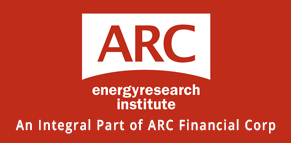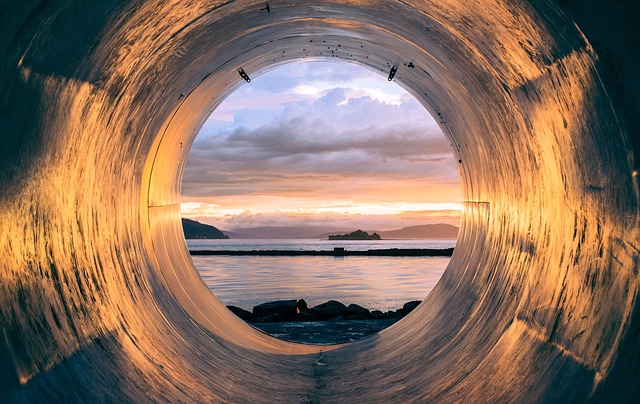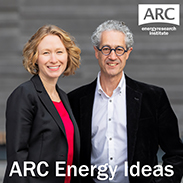Commentary – Keystone XL: No Longer Just a Pipe Dream
After nine years and many twists and turns, the Keystone XL (KXL) pipeline project took a major step forward last Friday when Donald Trump’s State Department granted the project a presidential permit. This decision is a White House U-turn from a few years ago when Barack Obama rejected the pipeline, saying “the Keystone XL Pipeline would not serve the national interest of the United States.”[1]
While almost a decade has passed since the start of the KXL process, the pipeline still makes sense to northern latitude oil producers and southern refiners. The 830,000 B/d line would move growing supplies of oil sands from Western Canada to the massive US Gulf Coast refining center, the world’s largest heavy oil processing complex. It would also pick-up lighter crude oil from North Dakota, en route.
Although the United States is ramping-up its own production; expanding local supply does not diminish the need for the KXL pipeline. The crude oils produced in Texas and Oklahoma are light grades, making them poor fits for the complex refineries on the US Gulf Coast, that have an appetite for heavy crude oil.
The next step in the process for approving KXL is receiving state level approvals and permits, including the green light for a new route around the Ogallala aquifer in Nebraska. TransCanada issued a press release earlier this year, predicting that the Nebraska process would be concluded in 2017. Assuming no major delays to this timeline, plus a two-year construction period, KXL could be operational by 2019.
Since existing export pipelines are starting to hit their limits for moving additional barrels of heavy oil, new pipeline capacity is required. Last month, Enbridge’s Al Monaco, the head of Western Canada’s largest oil pipeline company stated “we are very near maximum capacity. That should be the case for a couple of years at least.”[2]
And despite the downturn, Western Canadian supply is still growing. Projects that were sanctioned when the oil price was higher are expected to increase supplies by nearly 700,000 B/d between now and 2020. Without more pipeline capacity, this new oil will have to move to market by rail car or other forthcoming pipeline capacity additions.
With oil sands growth less certain beyond 2020, it is possible that the eventual construction of KXL could delay the timeline for other pipeline projects, including Energy East and the Trans Mountain Expansion project. But even with KXL, Canada should still press forward with efforts to build pipelines on Canadian soil to new markets. There are many lessons to be gained from the near decade long KXL saga; including the value of Canada having more than one customer and the importance of keeping control over its upstream infrastructure. Without it, Canada risks being held hostage to US politics.
[1] “Statement by the President on the Keystone XL Pipeline,” The White House, Office of the Press Secretary, November 6, 2015: https://obamawhitehouse.archives.gov/the-press-office/2015/11/06/statement-president-keystone-xl-pipeline
[2] “Edited Transcript – Q4 2016 Engbridge Inc and Enbridge Income Fund Holdings Inc Earnings Call,” Thomson Reuters StreetEvents, February 17, 2017: http://www.enbridge.com/~/media/Enb/Documents/Investor%20Relations/2016/2016_YE_ENB_ENF_Transcript.pdf


